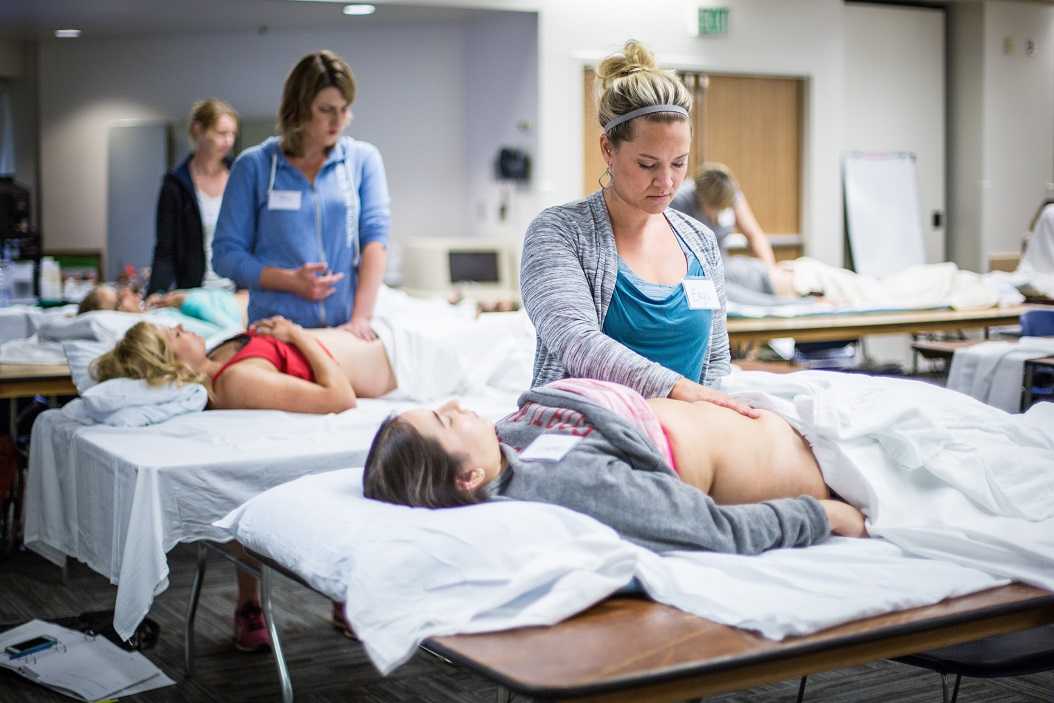This three-day (8 hours of online content, plus 2-days of in-person learning) intermediate-level continuing education course further defines skills and knowledge learned in the foundational Pelvic Floor Level One course. Specific, advanced examination techniques such as pelvic muscle mapping and interventions including down training of overactive muscles is instructed. With a specific focus on urogynecologic conditions including prolapse and pelvic organ descent, various pelvic pain diagnoses, and abdominal wall rehabilitation, the participant will be able to learn specific skills to treat these conditions that have a significant negative impact on a woman's health. Evidence-based references and case studies will be presented for a thorough understanding of current medical evaluation and management of each condition.
Instruction in female urogynecologic anatomy occurs throughout this continuing education course, along with education in current terminology and clinical models related to the trunk and pelvic control. Detailed internal vaginal and external perineal examinations are included in the practical lab activities, during which the participant will have several experienced lab assistants as guides. An entire lecture is dedicated to the management of prolapse and pelvic organ descent so that the pelvic rehabilitation provider will be able to develop clinical and home program strategies for the patient who presents with conditions such as rectocele, cystocele, or uterine prolapse.
Common conditions associated with female pelvic pain are included throughout the three days of education. Such diagnoses may include vulvar pain, vestibulitis, interstitial cystitis or bladder pain syndrome, episiotomy, dyspareunia, lichen sclerosis, lichen simplex, or lichen planus. Both abdominal and pelvic muscle tenderness is higher in patients who have chronic pelvic pain, and increased pelvic muscle tender points have been noted to correlate with higher rates of depression, dyspareunia (pain with sexual function), and bowel dysfunction. (Montenegro et al., 2009; Montenegro et al., 2010) Assessment and treatment of pelvic and abdominal wall tender points are instructed along with abdominopelvic nerve dysfunction and relaxation training- all are strategies that the clinician can employ immediately following completion of this continuing education course. The important and sensitive topic of sexual abuse and trauma as it relates to pelvic dysfunction and the care of the patient is discussed.
Course Curriculum

Hi, I’m [Your Name Here]
Use this block for your bio. Explain to your audience who you are, and why you’re teaching this course.
